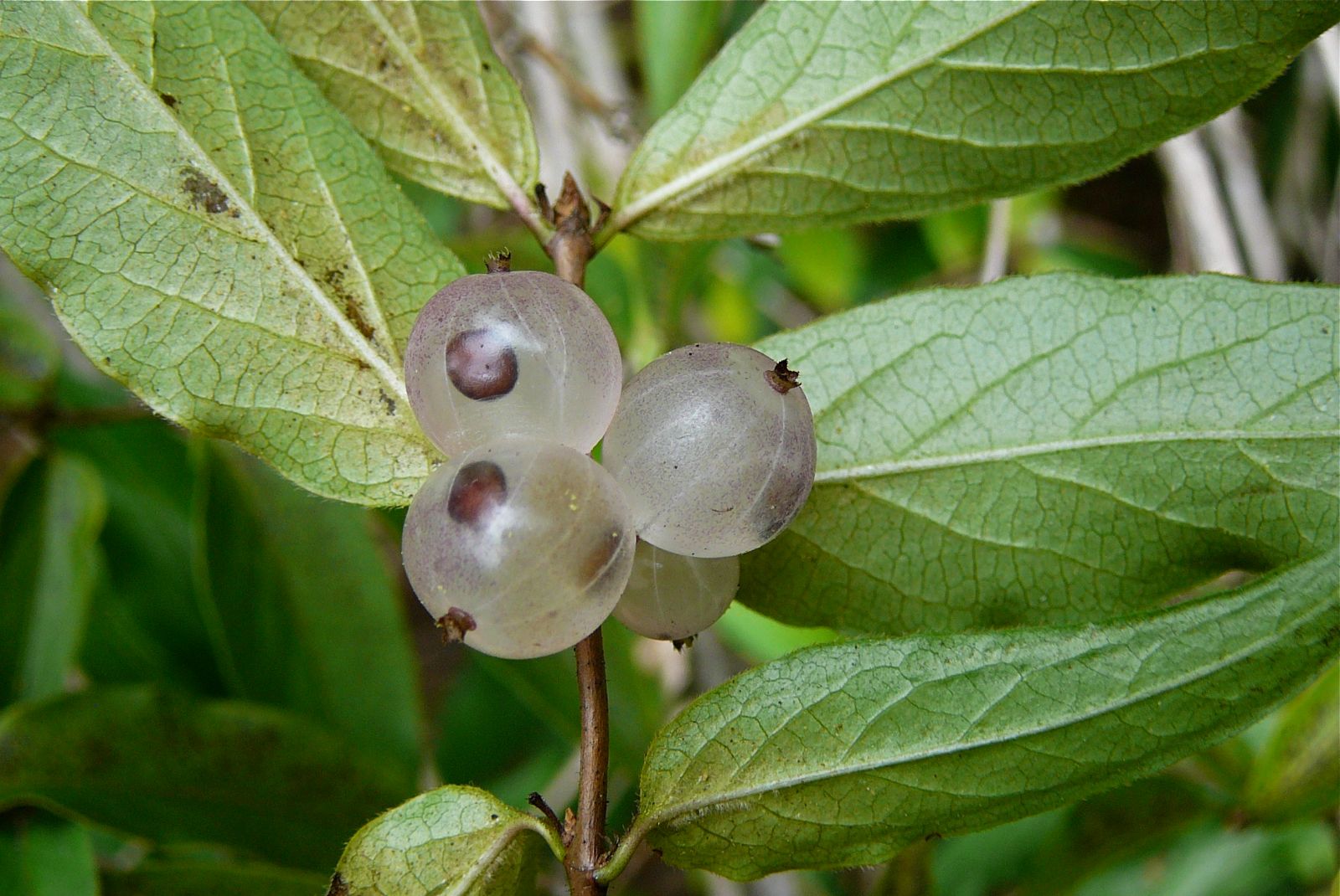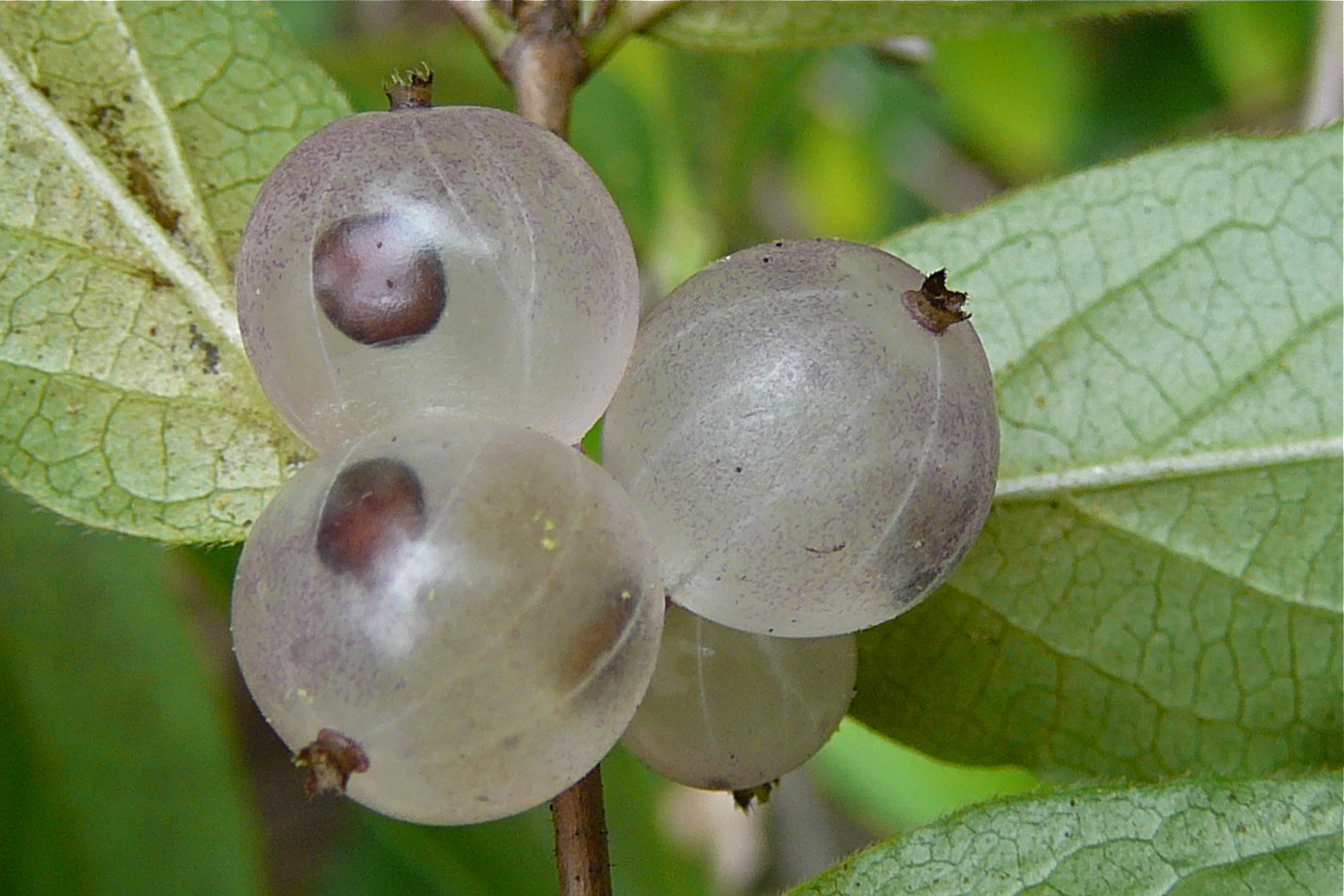Lonicera gynochlamydea
Credits
Article from Bean's Trees and Shrubs Hardy in the British Isles
Recommended citation
'Lonicera gynochlamydea' from the website Trees and Shrubs Online (treesandshrubsonline.
Genus
Other taxa in genus
- Lonicera albertii
- Lonicera alpigena
- Lonicera alseuosmoides
- Lonicera altmannii
- Lonicera × americana
- Lonicera angustifolia
- Lonicera × brownii
- Lonicera caerulea
- Lonicera caprifolium
- Lonicera caucasica
- Lonicera chaetocarpa
- Lonicera chrysantha
- Lonicera ciliosa
- Lonicera deflexicalyx
- Lonicera dioica
- Lonicera etrusca
- Lonicera ferdinandii
- Lonicera flava
- Lonicera fragrantissima
- Lonicera giraldii
- Lonicera griffithii
- Lonicera × heckrottii
- Lonicera henryi
- Lonicera hildebrandiana
- Lonicera hirsuta
- Lonicera hispida
- Lonicera iberica
- Lonicera implexa
- Lonicera japonica
- Lonicera korolkowii
- Lonicera ledebourii
- Lonicera maackii
- Lonicera maximowiczii
- Lonicera microphylla
- Lonicera morrowii
- Lonicera myrtillus
- Lonicera nervosa
- Lonicera nigra
- Lonicera nitida
- Lonicera periclymenum
- Lonicera pileata
- Lonicera prolifera
- Lonicera prostrata
- Lonicera purpurascens
- Lonicera × purpusii
- Lonicera pyrenaica
- Lonicera quinquelocularis
- Lonicera rupicola
- Lonicera ruprechtiana
- Lonicera sempervirens
- Lonicera setifera
- Lonicera similis
- Lonicera splendida
- Lonicera standishii
- Lonicera syringantha
- Lonicera tangutica
- Lonicera tatarica
- Lonicera tatsienensis
- Lonicera × tellmanniana
- Lonicera thibetica
- Lonicera tomentella
- Lonicera tragophylla
- Lonicera trichosantha
- Lonicera xylosteum
- Lonicera yunnanensis
A deciduous shrub of erect habit, with glabrous, purplish young shoots. Leaves lanceolate, rounded or broadly tapered at the base, drawn out at the apex to a long slender point, 2 to 41⁄2 in. long, 3⁄4 to 11⁄2 in. wide, downy along the midrib above, with usually a conspicuous strip of down towards the base of the midrib beneath; stalk about 1⁄8 in. long. Flowers twin, produced in May from the leaf-axils on stalks 1⁄8 to 1⁄4 in. long, white tinged with pink; corolla 1⁄3 to 1⁄2 in. long, the tube stout, much bellied at the base, downy outside; stamens and style more or less downy. Fruits white or purplish, rather translucent.
Native of Hupeh and Yunnan, China; discovered by Henry, introduced by Wilson in 1901. Henry states that he found it 10 ft high. Although very different in mode of growth, it is botanically akin to L. pileata, both having a ‘remarkable downward cap-like production of the calyx covering the united bracteoles’ (Hemsley).


